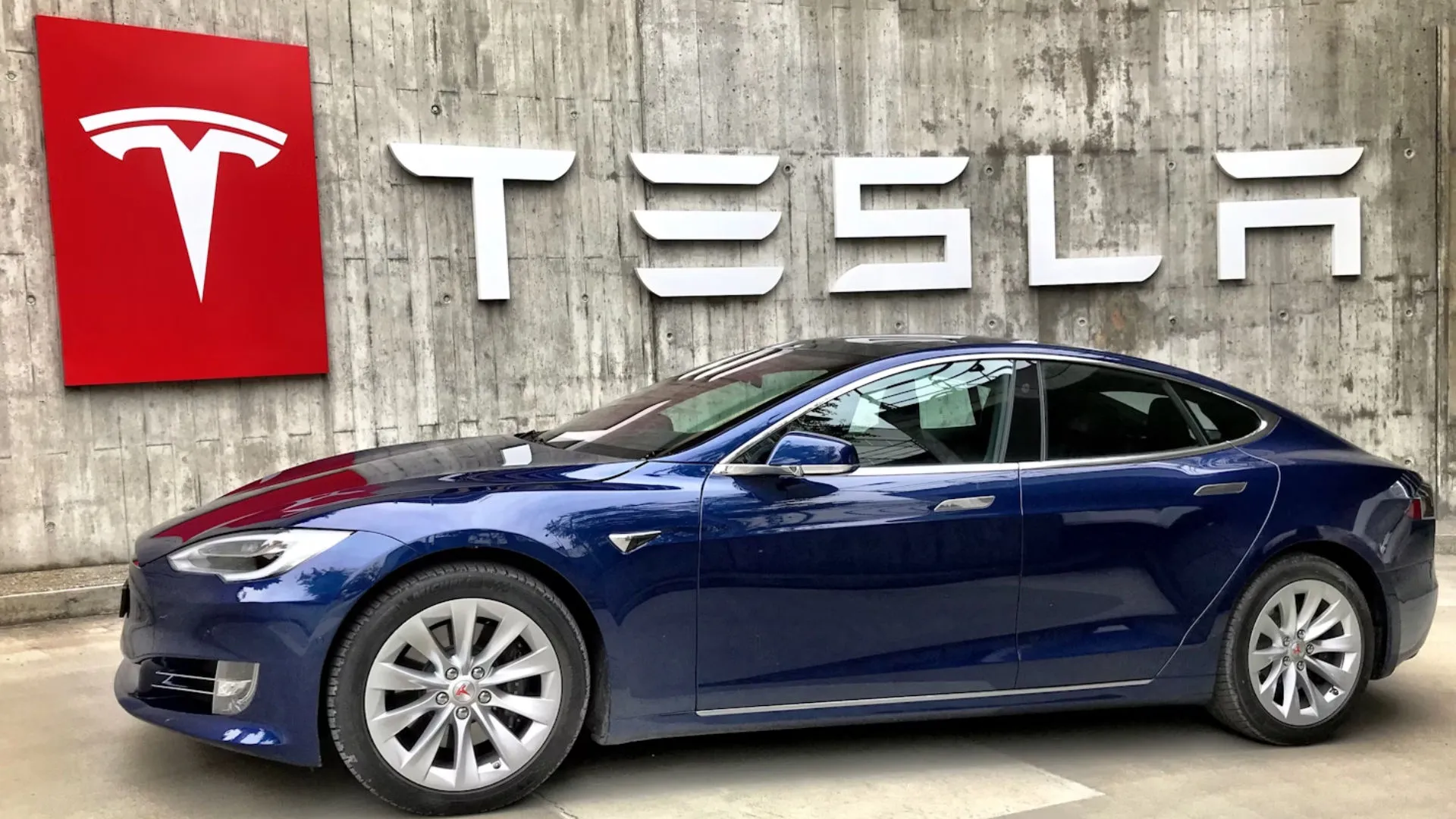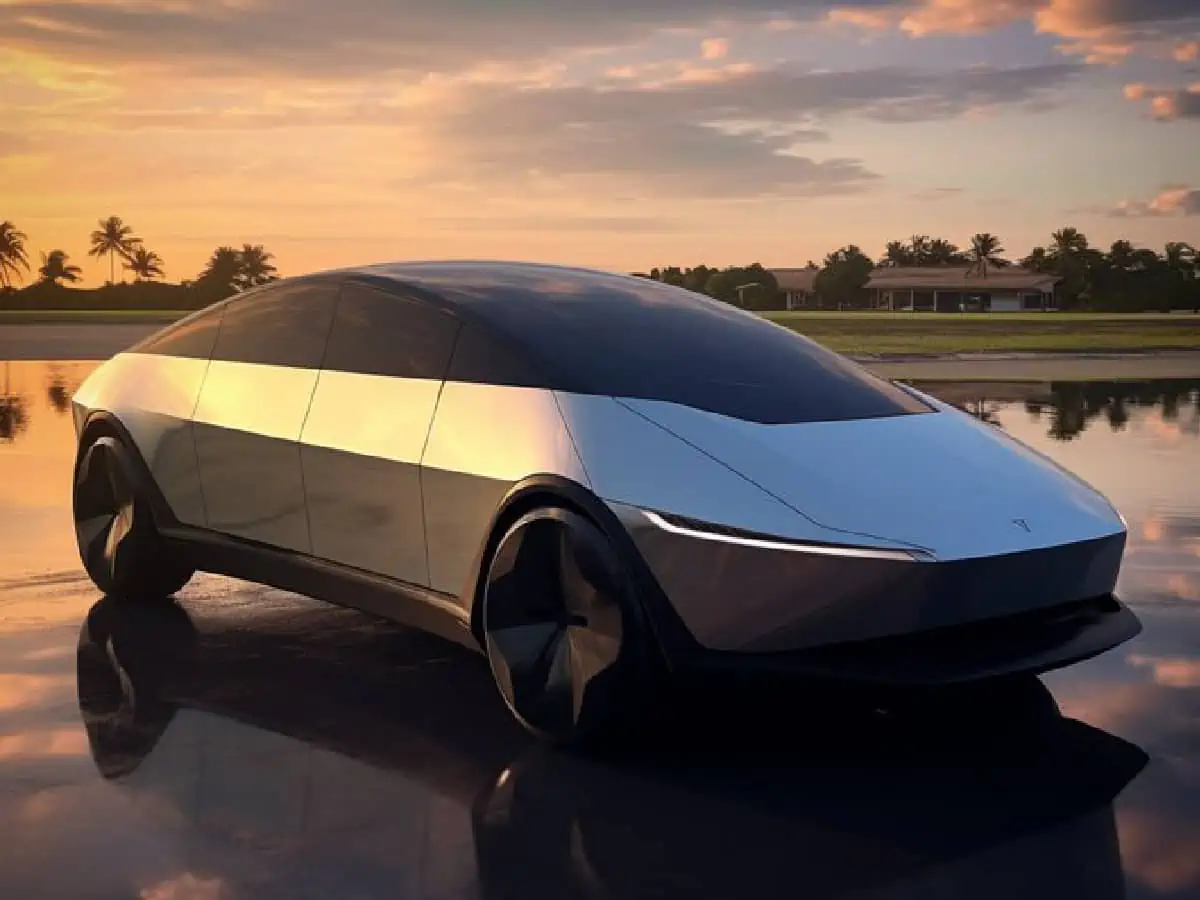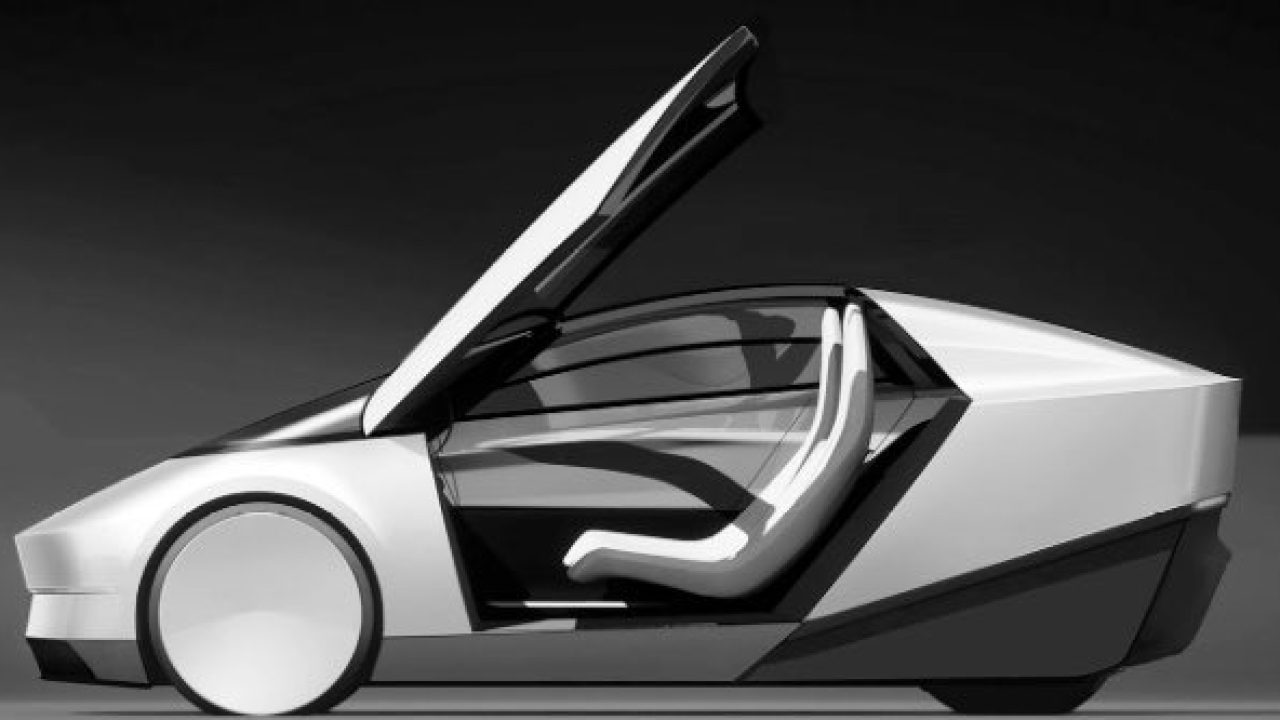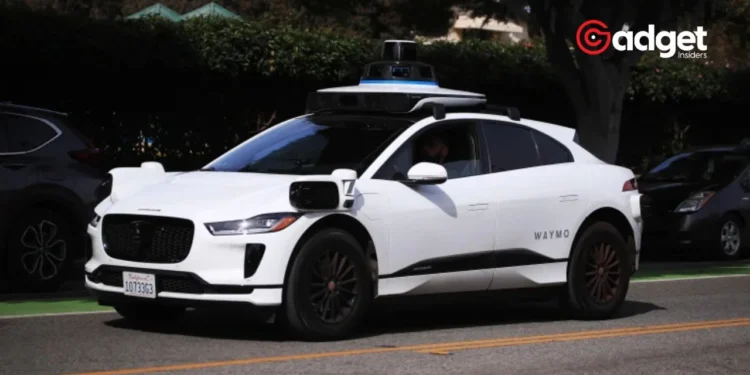Tesla, the renowned electric vehicle (EV) manufacturer, has recently taken a strategic pivot that might shape the future of urban mobility. Under the leadership of CEO Elon Musk, the company has decided to prioritize the development of its autonomous Robotaxi program over the introduction of new, more affordable EV models.
This decision underscores a significant shift in Tesla’s approach, moving away from expanding its EV lineup to capitalizing on cutting-edge autonomous driving technology.

Elon Musk: Navigating Through Industry Headwinds
Tesla’s move comes at a time when the company faces several challenges. Despite the Model Y being named the world’s best-selling automobile, Tesla has seen its first year-over-year sales dip in three years, a downturn influenced by a broader reduction in electric vehicle demand.
Furthermore, the company recently announced a company-wide reorganization that includes laying off more than 10% of its workforce, as stated in an internal memo. This reduction could affect over 14,000 employees, based on Tesla’s anticipated 2023 headcount.
Tesla is shifting its focus from electric vehicles to the self-driving Robotaxi program despite Model Y's success as a key revenue engine.https://t.co/4UMyzBkD6J
— Tech Times (@TechTimes_News) April 16, 2024
The Shift to Autonomous Driving
Amidst these challenges, Elon Musk’s focus has turned towards the Robotaxi, an autonomous ride-sharing vehicle. Initially, the company had plans to launch two vehicles on a new manufacturing platform: the economically priced “Model 2” and the Robotaxi.
However, according to reports from Electrek, the development of the more affordable EV, codenamed NV9, has been paused. This redirection of resources is purportedly to concentrate on enhancing Tesla’s self-driving technology, with Elon Musk committing several billion dollars to invest in NVIDIA’s computing power for training this system.

Tesla is expected to complete a significant data center at Gigafactory Texas by August. This facility is intended to advance the training of the full self-driving system, setting the stage for the Robotaxi’s debut shortly thereafter.
Economic Decisions and Future Prospects
Tesla’s strategic adjustment is seen as a gamble by some analysts. With the sidelining of a new growth-oriented EV program, the company’s future now heavily relies on the success of its autonomous driving technology.
This change is part of a broader trend where Elon Musk has emphasized the need for cost reductions and increased productivity within Tesla, driven by rising financing rates and intense global competition that forced the company to lower prices on its most popular models, despite shipping a record 1.8 million EVs in 2023.
Implications for Tesla and the EV Industry
The delay in the Cybertruck deliveries, due to a lubrication issue with the accelerator pedal, further complicates Tesla’s situation. Online discussions reveal that many customers’ deliveries were canceled last weekend, with Tesla promising to reschedule once the issues are resolved.

Tesla’s recent strategic decisions might represent a pivot point not only for the company but also for the EV industry at large. By betting big on Robotaxi, Tesla is positioning itself at the forefront of autonomous vehicle technology, potentially reshaping how people commute and interact with urban environments in the future.
However, this shift also poses risks, as it departs from the proven path of producing and selling electric cars—a market that has driven Tesla’s growth until now.
In the dynamic landscape of the EV market, Tesla’s focus on self-driving technology may set new industry standards or prompt a reassessment of the viability of autonomous vehicles in everyday use.
As Tesla prepares to launch its Robotaxi, all eyes will be on how this gamble pays off in the evolving narrative of electric and autonomous vehicles.










